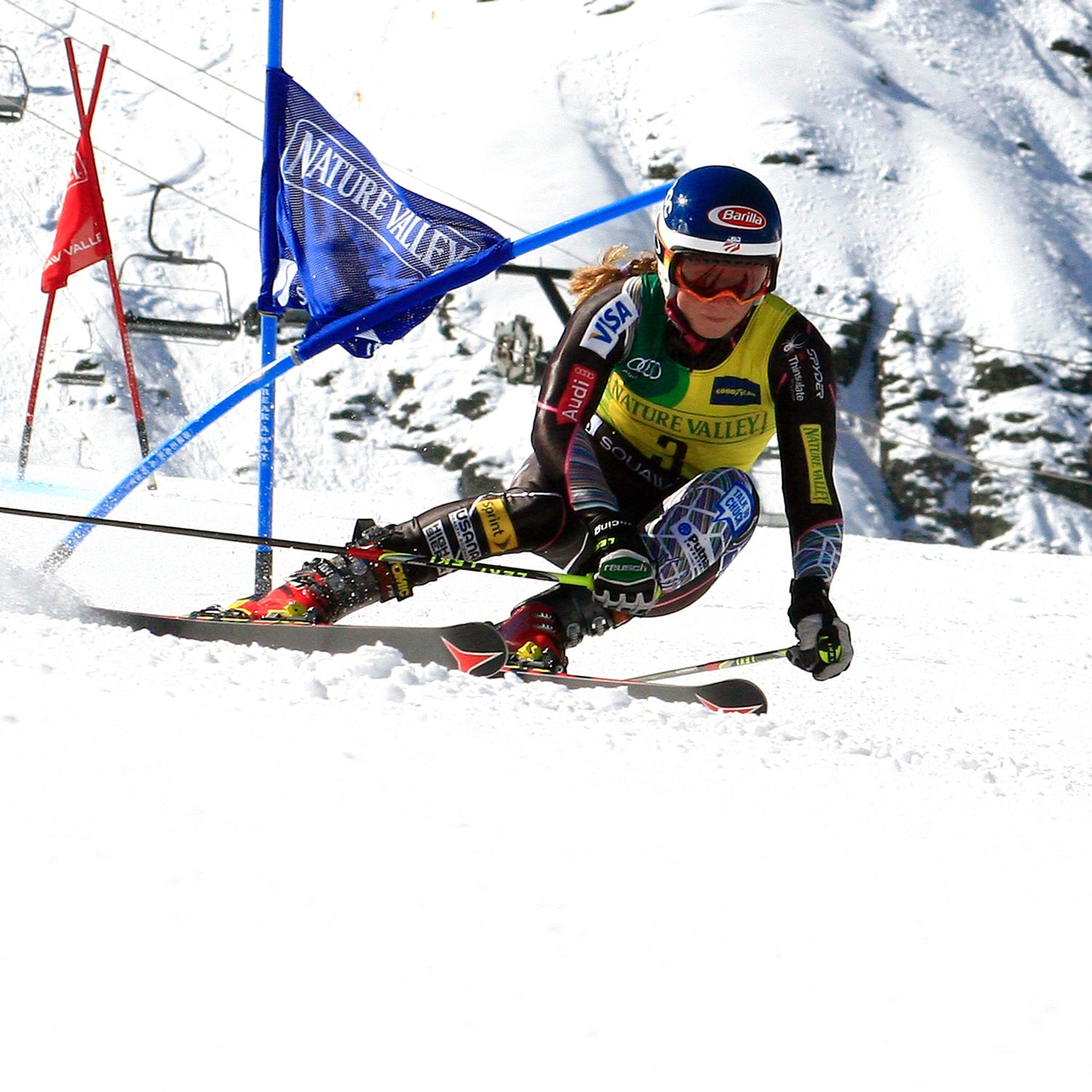Mikaela Shiffrin’s stock has never been higher. The slalom phenom won Olympic gold in Sochi, and is now on track to claim her third consecutive World Cup slalom title. She’s talented, she’s articulate—and she’s fueled by pasta. She just released a pasta cookbook together with Barilla, which, admittedly, is one of Shiffrin’s keystone sponsors. But, says Shiffrin, “I do eat pasta almost every day after training.”
Her pasta predilection wouldn’t have seemed surprising ten years ago, when pasta reigned as athletes’ go-to fuel and marathons routinely hosted pre-race pasta dinners (remember carbo-loading?). But times have changed. Recent concerns about inflammation and gluten sensitivity have prompted many athletes to forego pasta and other wheat-based foods.
But don’t blacklist pasta just yet. This staple can deliver potent energy for athletic pursuits. “Many athletes feel good and perform well when they eat it,” says Cynthia Sass, CSSD, author of Slim Down Now and sports nutrition consultant to the New York Rangers and the New York Yankees. Case in point: Cyclist Vincenzo Nibali (who won last year’s Tour de France) includes pasta in his pre-race breakfasts.
Pasta’s advantage is that it’s a slow-burning complex carbohydrate. Unlike white bread, which is quickly digested and sends blood glucose levels skyrocketing (and then plummeting), pasta releases its energy more gradually. In fact, it scores lower on the glycemic index than most processed grains (with a score of 32-47, compared to 95 for a baguette).
That’s the result of pasta’s unique processing: Milled durum wheat is extruded, which causes the wheat’s protein to line up and form a casing of sorts around the starches. “It’s almost like a chain-link fence that traps the starch inside,” says Barilla nutritionist Anna Rosales. “Your digestive system has to break through the protein to unlock the starch.”
Fortunately for athletes, pasta isn’t hard to digest. Beans and other fibrous whole grains can cause digestive upset when eaten before a race or high-intensity workout. But pasta’s relatively low fiber content (about three grams per one-cup serving) makes it a good pre-race fuel that isn’t likely to cause GI distress. Its combination of carbohydrate and protein (43 grams and 8 grams, respectively) also makes it a great post-workout recovery food.
Want to eat some pasta? Here’s how to do it right: Combine moderate servings of pasta with other nutrient-dense foods, such as lean proteins and vegetables to maximize your nutrient intake. Sass advocates making starches an “accessory” and highlighting vegetables as the dish’s main attraction.
Whole-grain and fortified pastas offer another way to boost your meal’s nutrient profile. Whole-grain versions, whether they’re made with wheat, quinoa, or brown rice, “deliver a broad spectrum of nutrients and antioxidants,” says Sass. The downside? Most taste nuttier and chewier than traditional pasta. Try them with assertive sauces, such as ones made with olives, capers, and tomatoes.
Fortified pastas add back some (or more) of the nutrients stripped in processing. Barilla Plus, for example, blends durum wheat with legumes and egg whites that increase the pasta’s protein and fiber content. Ronzoni Smart Taste takes more of a breakfast-cereal approach: Its all-durum formula is enriched with fiber (five grams), calcium, and vitamin D (20 percent of your DV for both).
But Ronzoni’s ingredient list also includes modified wheat starch, a chemically treated wheat that’s often used as a thickening agent. For such reasons, Sass remains skeptical of the increasing number of “super-pastas” now available. “I prefer whole foods, or foods as close to their natural state as possible.” If you’re concerned about pasta’s nutrient density, choose whole-grain options, or pair traditional versions with nutrient-rich, veggie-laden sauces.
Just don’t count pasta out of your diet completely. “It’s perfect for me, because I need the protein, but I also need carbs in my diet,” says Shiffrin. “For me, and for other athletes, carbs are essential.”

